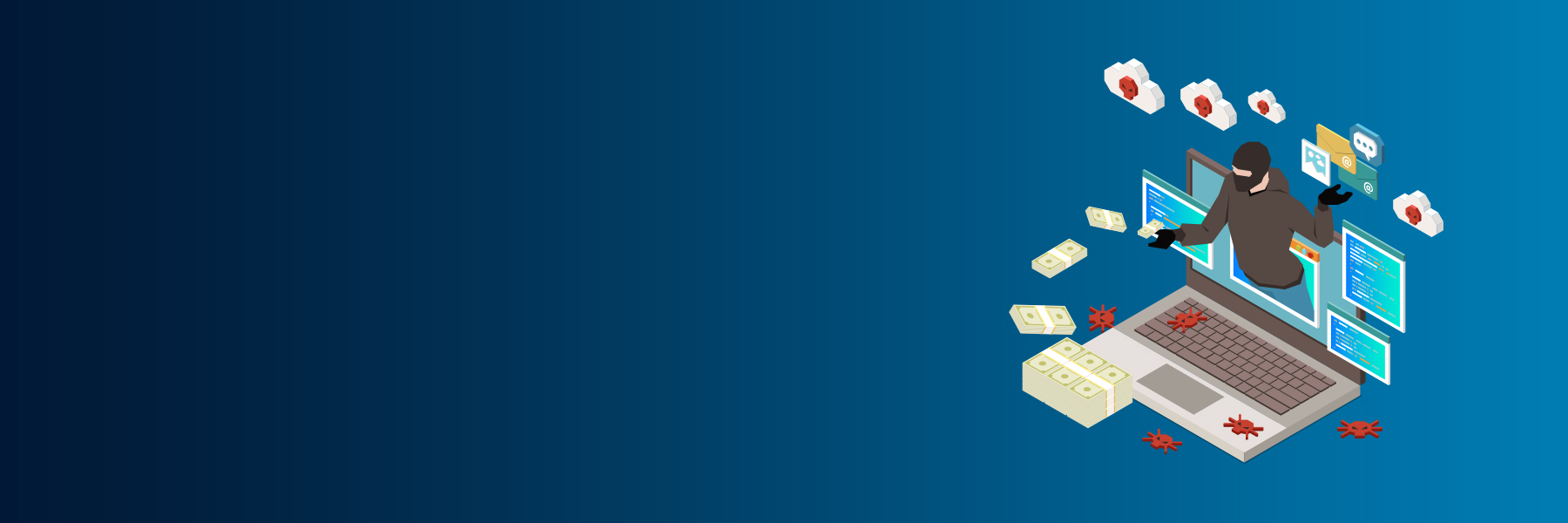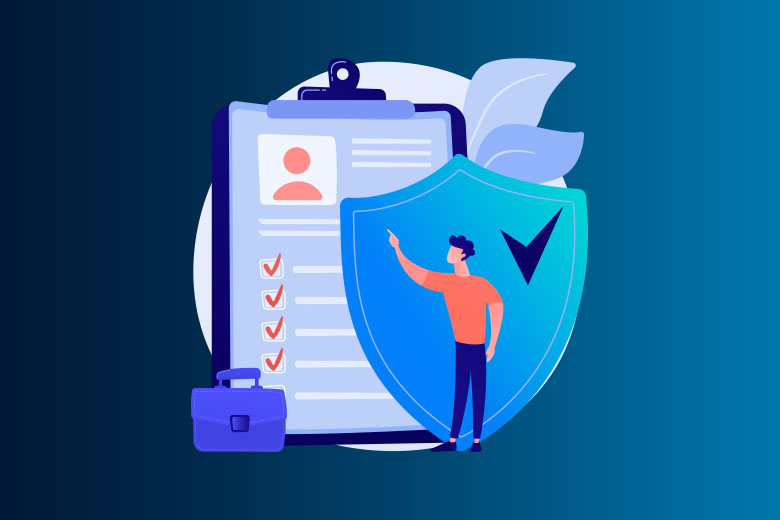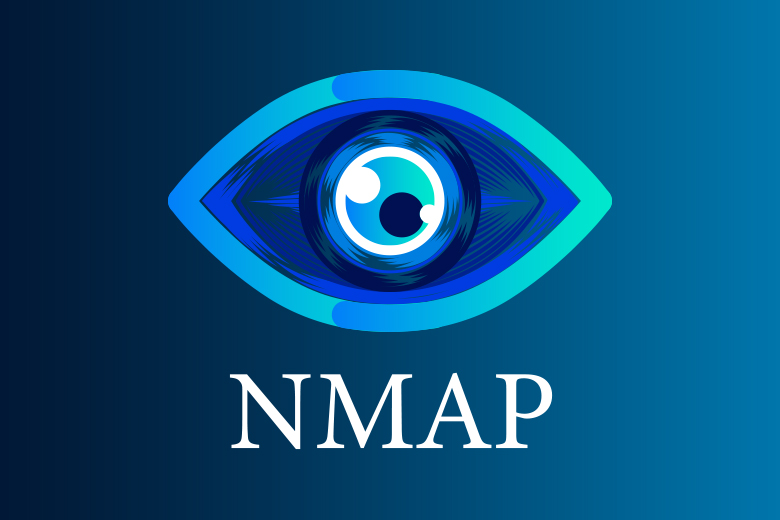13 May 2024
SafeAeon Inc.The internet world used to be very big and uncharted, but now it's a battleground. In this frontier that is always changing, bad people are always looking for gaps they can use. The toll of cybercrime is huge. According to the Accenture Cybercrime Report 2023, the world will lose a record-breaking $6 trillion to cybercrime in 2023. It's a big deal for stores of all kinds. One successful hack can shut down businesses, hurt customer trust, and cause long-term financial damage.
Reactive approach like building a wall around your digital assets is no longer enough as it leaves businesses always playing catch-up. Cyber threat hunting is a proactive way to find and get rid of secret threats before they can do damage. It's like sending trained scouts out into the digital frontier to look for possible threats and find enemies who are hiding in plain sight.
A wide range of online threat-hunting tools are used in this hunt. Security Information and Event Management (SIEM) systems are like powerful searchlights that gather data from all over the network to shine a light on suspicious behavior. In the digital world, advanced analytics tools are like bloodhounds. They look for strange things and hidden trends that could mean there is a threat nearby. Also, don't forget about threat intelligence feeds, which are always being updated with the newest tricks, techniques, and procedures (TTPs) that known enemies use. For people who look for cyber threats, these feeds are like field guides. They teach them how to spot the signs of bad players.
In the next few parts, we'll go over some of the more advanced tools and methods used to find cyber threats. We'll look at how these tools can be used together to make your digital defenses stronger. This will give you back control of the frontier and protect your important info. You can change the tide of the fight against hacking and keep your company a safe haven in the ever-growing digital world by taking these proactive steps.
How Does Threat Hunting Work?
With the way cyber threats are now, businesses can't just depend on their security systems. Information security teams have to stay alert at all times. Threat hunting is the process of making guesses about possible threats or future criminal strategies and then testing these guesses against the current environment of the company. Researchers who look for threats can find signs of suspicious behavior by looking at data from security systems.
Hiring people to help with online threat hunting is very important for making the process work. IT security experts improve automated safety measures by constantly looking for, logging, monitoring, and stopping threats before they can do a lot of damage. Threat hunters look for breaches as if they have already happened or are about to happen. This is different from standard information security teams, which wait for alerts before scanning networks for breaches. This proactive method helps find security holes and strange behavior that might not be seen otherwise.
Cyber Threat Hunting Tools
Threat hunters utilize various tools to support their methodologies, including:
AI Engine
AIEngine can look at packets and works with Python, Ruby, Java, and Lua. It makes the network's intrusion detection system (NIDS) better by adding features that can be programmed and interacted with. It lets IT experts look at traffic and make security signatures for routers with tools like DNS domain classification, network forensics, and spam detection. This tool also helps automate network tracking, which means that people don't have to do it as much.APT-Hunter
APT-Hunter, which was made by Ahmed Khlief, looks through Windows event logs to find strange activity and keep an eye on advanced persistent threats (APTs). It connects Windows event log IDs to the Mitre ATT&CK system so that attack signs can be found. Its two parts make it easy for security teams to quickly look through logs and sort through millions of events to find the most important risks.
Killer KB
Attacker KB helps security teams find holes in systems while new threats make a lot of noise. It gathers and shows information about vulnerabilities that comes from the community. This helps security pros figure out which threats need immediate attention. Threat experts can use the tool to rank and evaluate vulnerabilities that are important to their companies.
An automaton
Put together by TekDefense, By looking for known threats in URLs, IP addresses, and hashes, Automater speeds up intrusion research. It has an easy-to-use interface that makes it simple for anyone to get danger information from reputable sources like VirusTotal, IPvoid, and others. You can find Automater on GitHub, where it is open source.
BotScout
BotScout keeps track of automatic web scripts (bots) that try to send spam or fake forms to websites and stops them. It stores the names, IP addresses, and email addresses of bots so that site owners can use an API to find and reject entries that look fishy. BotScout is used by many businesses, like Oracle and Deutsche Bank, to protect themselves from bots.
CrowdFMS
CrowdFMS uses the Private API architecture to gather and study examples of phishing emails. It checks samples from VirusTotal and sends a warning to the user's YARA feed. This tool makes it easier to find fake threats and helps security teams collect samples automatically.
The Cuckoo Sandbox
Cuckoo Sandbox is an open-source tool for finding malware. It checks emails, scripts, executables, and more. Users can make their own analysis settings because it is built in modules. Cuckoo works with Windows, Linux, macOS, and Android. For more in-depth memory analysis, it also works with Volatility and YARA.
The DeepBlue CLI
Eric Conrad made DeepBlueCLI, which looks at Windows event logs on Linux/Unix servers with ELK or on Windows with PowerShell or Python. In Security, System, Application, and Sysmon logs, it quickly finds threats. This makes it useful for event log searches and old EVTX files.
CyberChef
Also called the "Cyber Swiss Army Knife," is a flexible computer app made by GCHQ that can do a lot of different cyber tasks, such as binary/hex dumps, data compression, and encoding/decoding. An easy-to-use browser interface makes it easy for both technical and non-technical people to work with data.
Phishing Safety Tool
scam Catcher finds possible scam sites by looking at the Certificate Transparency Log (CTL) for strange TLS certificate issues. It's written in Python, uses a YAML configuration file for rating numbers, and lets you change how it's set up. It can be dockerized to make putting it on different systems easy.
Types of Threat Hunting
Threat hunters form hypotheses based on specific security data or identified triggers. These hypotheses guide investigations to uncover potential information security risks. The investigations are classified into three types:
1. Structured Hunting:
This form of hunting is based on an Indicator of Attack (IoA) and the tactics, techniques, and procedures (TTPs) of threat actors. Each hunt aligns with the TTPs, helping identify potential threat actors before they cause harm to the environment.
2. Unstructured Hunting:
This approach starts with a trigger, typically an Indicator of Compromise (IoC). The hunter searches for pre- and post-detection patterns as far back as data retention and prior offenses allow.
3. Situational or Entity-Driven Hunting:
These hypotheses stem from internal risk assessments or analysis of unique IT trends and vulnerabilities. Entity-oriented leads are sourced from crowd-sourced attack data, revealing the latest TTPs of emerging threats.
Proactive Threat Hunting TechniquesThreat hunters use various techniques to identify suspicious activities and locate threats that have breached systems:
4. Analysis:
Monitoring data sources like DNS logs and firewalls, and reviewing network, file, and user data, along with SIEM and IDS alerts, to identify threats.
5. Searching:
Defining criteria before querying data to identify anomalies. Avoid overly broad searches, which yield too many results, or overly narrow searches, which might miss critical information.
6. Baselining:
Defining normal threat levels and identifying deviations.
7. Clustering:
Using statistical techniques to separate similar data groups based on specific characteristics. Machine learning or AI often assists this process.
8. Grouping:
Finding patterns by grouping unique artifacts that appear together, possibly representing a tool or TTP used by attackers.
9. Stacking:
Inspecting data values, stacking them based on characteristics, and analyzing the outliers to spot extremes and unusual behavior.
Why is it important to look for threats?
Cybersecurity tools that are run automatically can't catch all cyberthreats. IBM says that security operation control experts can stop 80% of threats, but the last 20% might get through. These threats that aren't being looked at can do a lot of damage to your networks and systems. A good threat hunting answer cuts down on the time between an intrusion and its discovery, which lessens the damage.
If companies don't do danger hunting, they might not know that malicious actors are hiding in their systems. Cybercriminals who break into a company's network can stay for a long time and collect information and login credentials to get into deeper systems. Letting bad people roam around without being caught can have permanent effects on your finances and image. Threat hunting helps find and get rid of these people who get past the first barriers and limits the damages.
Conclusion
To defend the digital frontier effectively, organizations must prioritize adopting advanced cyber threat hunting tools and tactics. These tools empower security teams to proactively detect, investigate, and mitigate sophisticated threats. Many of these threats can often bypass traditional security defenses. By harnessing automation, machine learning, and behavioral analysis, modern hunting techniques offer continuous network monitoring which reduces the possibility of breaches. They also enable the swift identification of suspicious activities. It's imperative to regularly update tools and tactics to keep pace with the constantly evolving cyber threat landscape.
Comprehensive training for security personnel ensures familiarity with emerging threats and best practices which is possible via SafeAeon. Collaboration among teams enhances the sharing of insights and knowledge. This leads to more efficient and coordinated threat detection. By investing in the right tools, tactics, and training, organizations can safeguard their networks and maintain a robust security posture.














